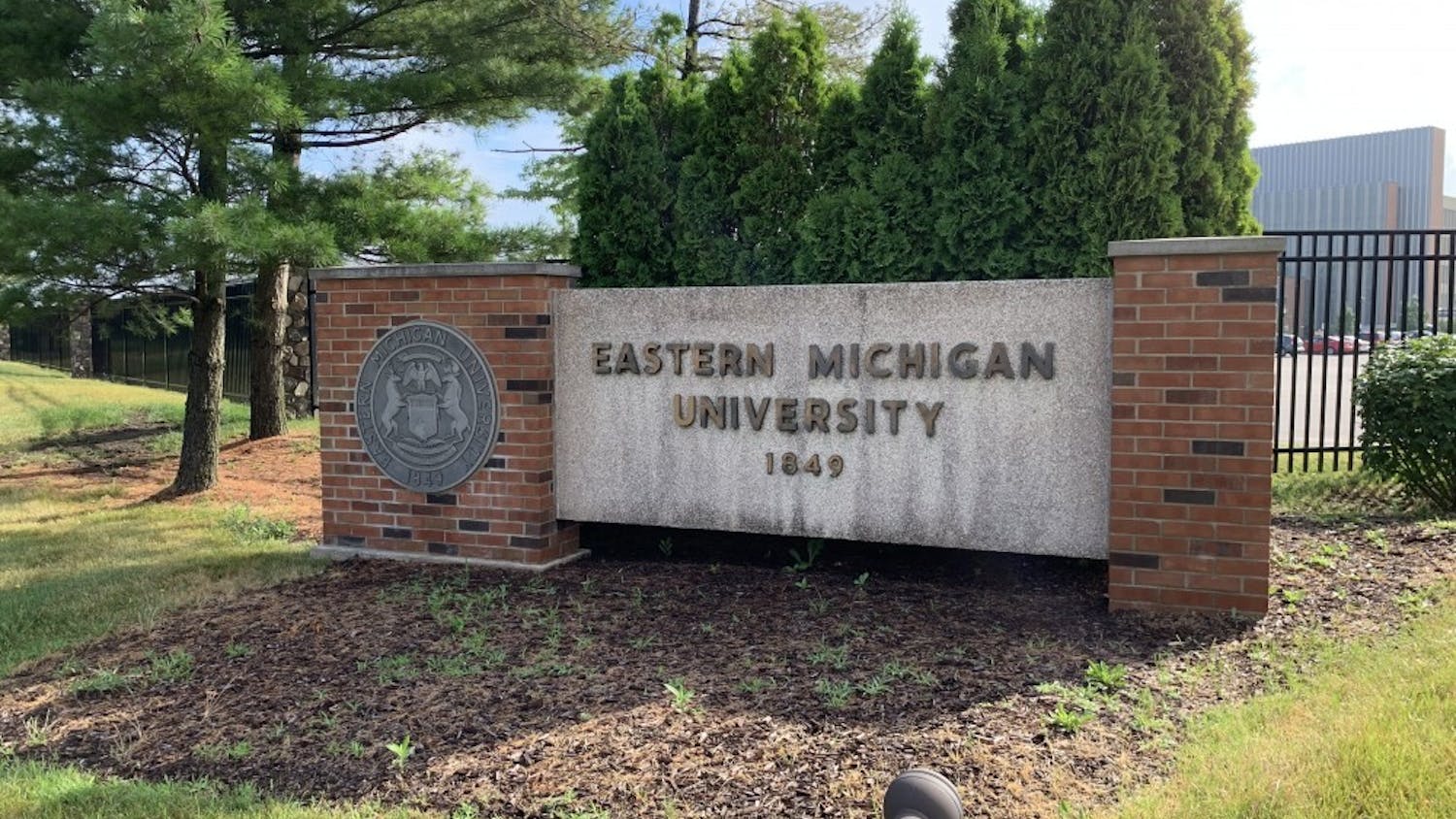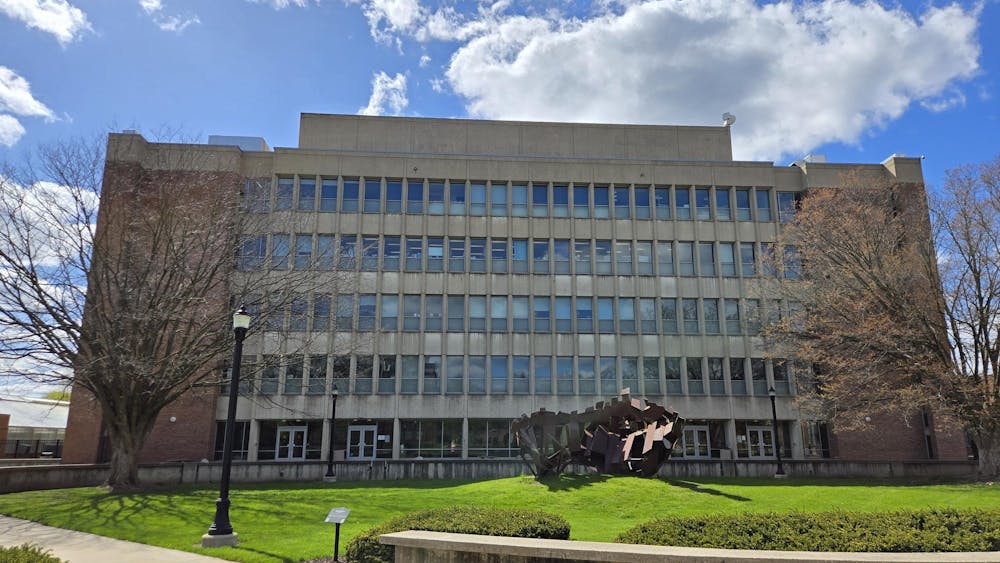Ypsilanti has not had a train stop in Depot Town since 1984, dating back far enough that many students on EMU’s campus do not know what life was like with it. City leaders want to change that. At a packed meeting of local and state leaders at Sidetracks bar, Friday afternoon, they announced that they are one step closer in making this happen again.
There have been several attempts to restart the train services since the station closed. Ypsilanti’s State Representative David Rutledge said that the current attempt started last August.
“Amtrak, specifically, took another look and discovered, to their amazing surprise, but not to our surprise, that a stop in Ypsilanti would be beneficial to Amtrak as a whole,” Rutledge said to the crowd. “In fact, it would add dollars and cents to their bottom line. Dollars and cents speak.”
That led to a “formal communication in writing” to start the formal feasibility study to present to city council last December. Amtrak's study for how a stop in Ypsilanti would affect the Wolverine estimated that Ypsilanti's new station, if completed, could get 9,000 passengers a year.
“We believe we’re gonna blow the top off that number,” City Manager Ralph Lange said.
The Wolverine is a regional Amtrak train that connects Pontiac and Detroit to Chicago. The 17 stop line goes through the freight house and depot, both of which are disused.
“I want to emphasize: a stop is not going to happen next week, next month, in six months, may not [until] the end of this year,” Rutledge said.
Lange said that it's been 10 years since The Wolverine added a stop. Dearborn’s recent train station cost $29 million and five years.
“That [is money] we don't have,” Lange said.
The city’s due diligence, Rutledge said, is critical to make a commuter stop a reality in the future. The final cost for doing this won’t be known until construction is complete, but is expected to cost millions.
The first and most important requirement is the platform. According to the city, they will also have to use either the Freight House or the Depot Building to hold a ticketing station, passenger drop-off lane, restrooms and a utility shed. The engineer’s first draft is not expected to elaborate any more.
“It doesn't have to be the Taj Mahal,” Beth Ernat, the city’s director of communications and economic development, said. “But it has to be suitable, accessible and it has to meet all of the requirements of multiple jurisdictions and multiple agencies.”
This includes everything from Amtrak and the Michigan Department of Transportation, to the Downtown Development Authority, various historical societies and Norfolk-Southern.
Norfolk-Southern is a national rail freight company that sold the line to MDOT years ago, but retains rights to use the track. The only luxury would be a canopy over it, to keep rain and snow off of passengers.
In addition to the platform, they will have to close some of the roads southeast of the station by July 30, 2016. By turning them into cul-de-sacs, the Wolverine will be able to get to its next stop faster, allowing time for the stop at Ypsilanti.
Ernat said that the city would be getting the funding to do this from Amtrak, but the city will have to get it done by then. The public will be able to give their input into which streets to close, or whether to at all, at the next planning commission meeting on March 16.
The train has been a part of the city’s plans since the last master plan was finished. The city wants to increase commuting options beyond cars and buses and to provide increased regional transportation and the implied accompanying economic development.
Once it is up and running, in the next one to three years, Lange says that the Wolverine would stop in Ypsilanti six times a day – three times going to Chicago and three times going to Detroit. Edmonds said that Ypsilanti could be a commuter train town between Ann Arbor and Detroit.
“I think many people, as there's more congestion, are looking for alternatives – whether it's through Ann Arbor Area Transportation Authority, Bus Rapid Transit, or the train. This just opens up the ability for people to move more smoothly across our region. I think commuters [would be] some of the primary users of it,” Edmonds said.
Once the station is open, Lange expects a major immediate boost to Depot Town. In addition to new business and redevelopment for dilapidated buildings, he is predicting it will boost existing businesses and people who want to live within walking distance of the train.
“That takes us all the way to Water Street on one end and all the way up to EMU at the other end,” said Lange.
Everyone in that zone would be able to commute to Detroit, Chicago or anywhere in between, even during inclement weather.
There is another project happening separately in Detroit to build a regional transportation agency, which could be on the heels of the Wolverine stop. This separate project could use either the bus rapid transit or commuter rail. If it uses rail, the line would go from Ann Arbor to Detroit's New Center and would utilize Depot Town’s station.









